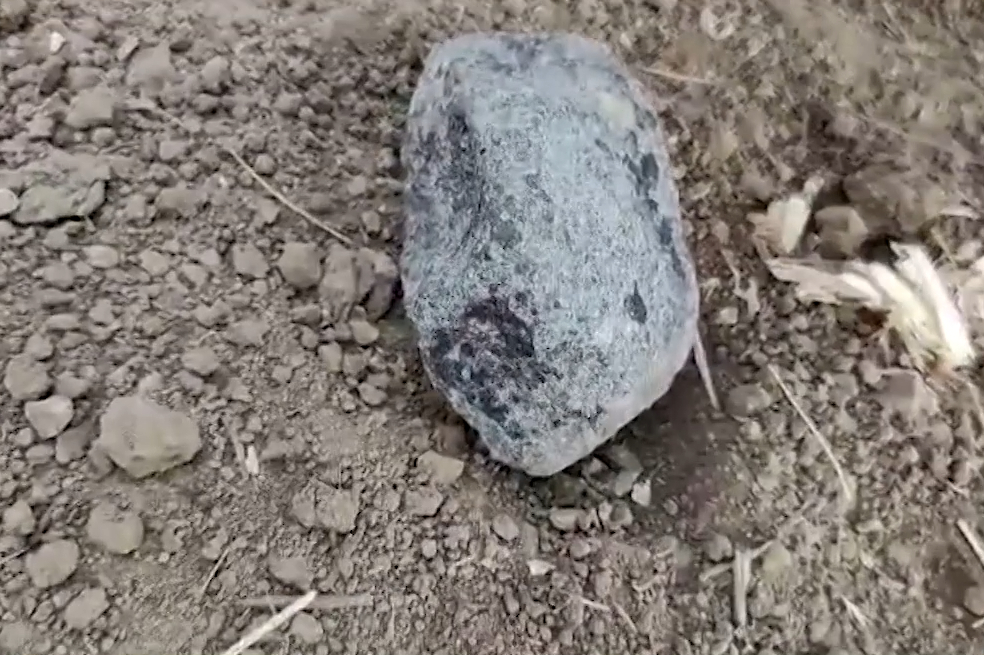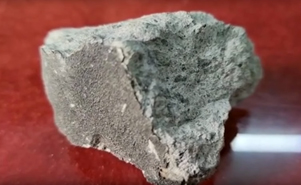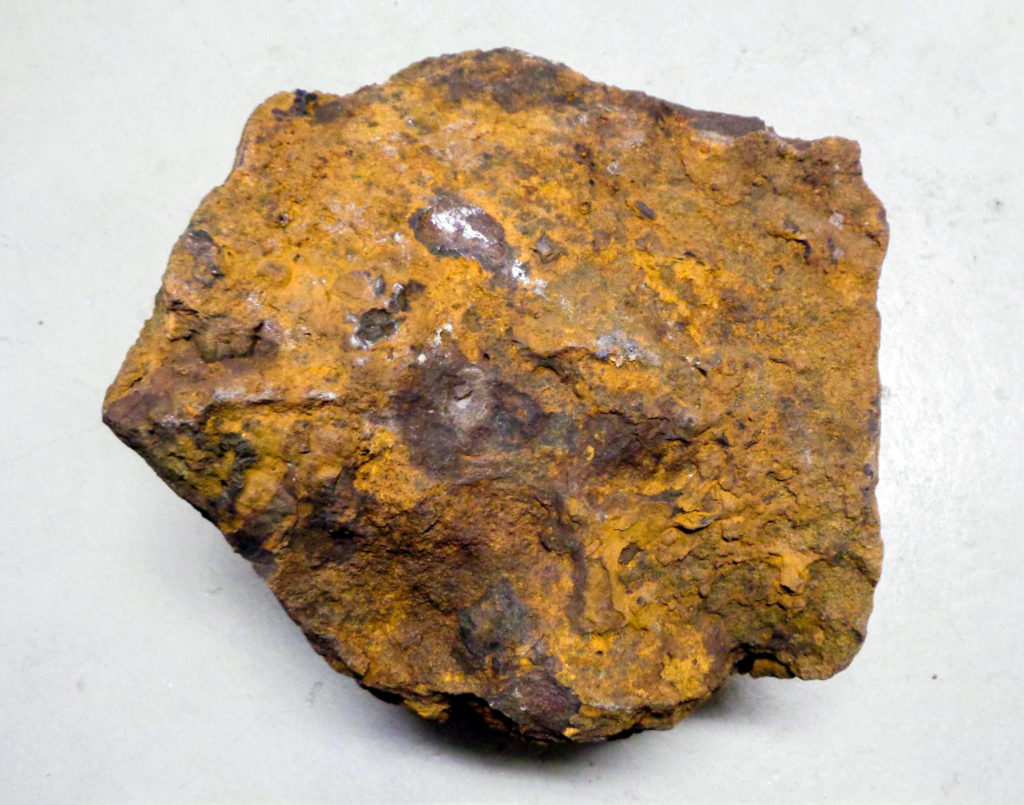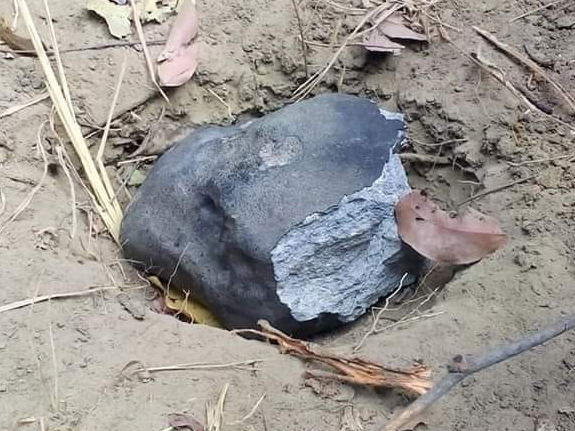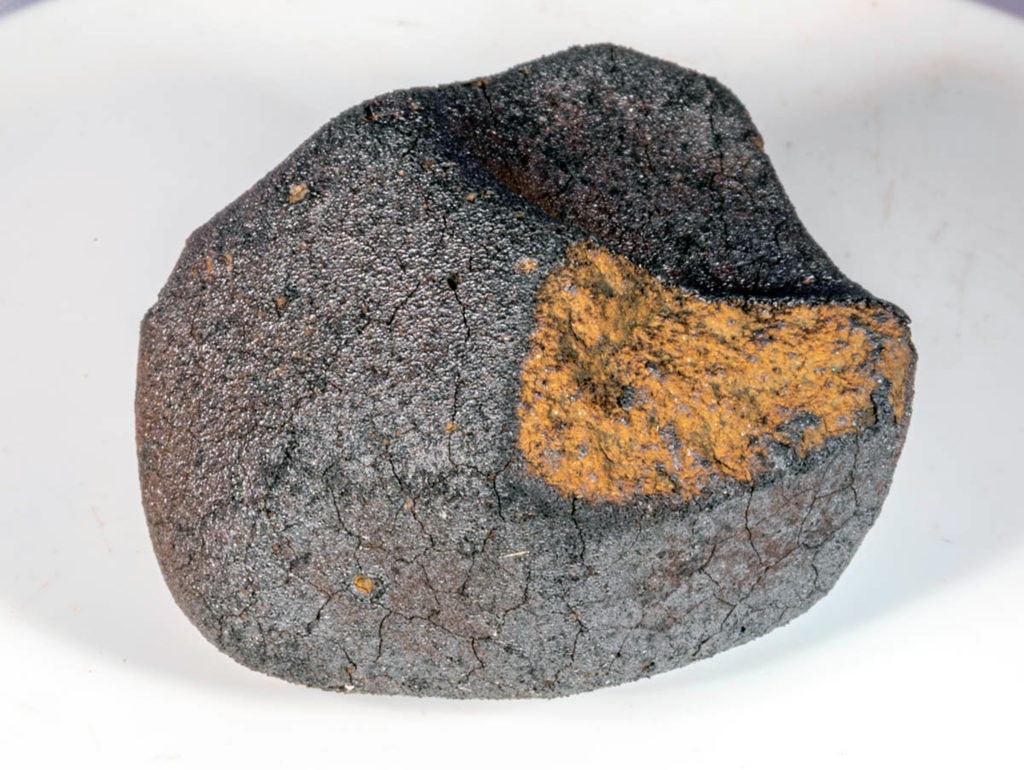Chromium isotopes in CR chondrites reveal two distinct chondrule reservoirsOPEN ACCESS
Aryavart Anand, Klaus Mezger
Icarus, In Press, Journal Pre-proof, Available online 18 June 2025
LINK + PDF (OPEN ACCESS)
“Highlights
- Chondrules from CR chondrite show bimodal ε54Cr values.
- Low-ε54Cr chondrules match CV-CO-CM.
- Two isotopically distinct chondrule populations in CR imply disk-gap migration.
- 53Mn-53Cr systematics date early precursor Mn-Cr fractionation to ~0.7 Ma after CAIs.”
“Chondrules, the dominant components of chondrites, provide crucial insights into early solar system formation and evolution. Due to the variability of Cr isotopes in the solar system, they can serve as powerful tracers of chondrule genealogy and the transport of precursor materials in the evolving solar disk. High-precision mass-independent Cr isotope data for individual chondrules from the CR chondrite Shişr 033 reveal a bimodal distribution of ε54Cr that defines two isotopically distinct chondrule populations. The major population exhibits ε54Cr values (~1.3) consistent with prior analyses of CR chondrules, while a minor population has significantly lower ε54Cr (~0.8), overlapping with CV-CO-CM chondrules. This suggests chondrule migration across spatial gaps in the protoplanetary disk, likely from the CV-CO-CM reservoir to the CR sub-reservoir. Further, 53Mn-53Cr systematics indicate that Mn-Cr fractionation in CR chondrule precursors occurred ~0.7 Ma after solar system formation, predating the primary CR chondrule formation event at ~3.8 Ma, inferred from 26Al-26Mg, and 182Hf-182W chronometry of individual chondrules. These findings support a model in which secondary disk substructures, likely linked to early Jupiter growth, facilitated isotopic heterogeneities and material transport in the outer solar system. The presence of CV-CO-CM chondrules in CR chondrites further suggests outward material transport in the protoplanetary disk before CR parent body accretion. This study provides new constraints on chondrule formation, precursor evolution, and planetary disk dynamics.”


